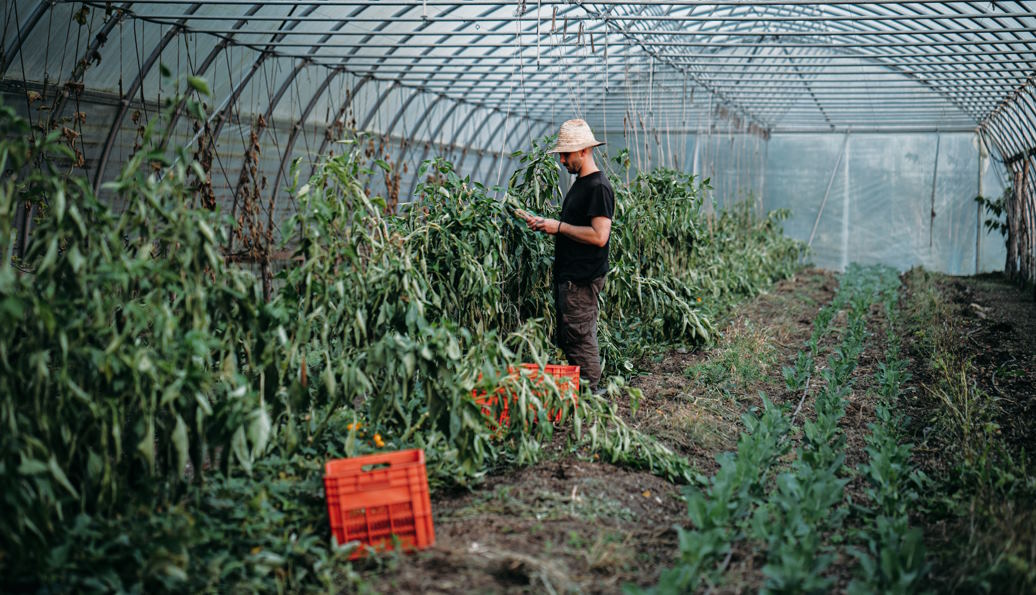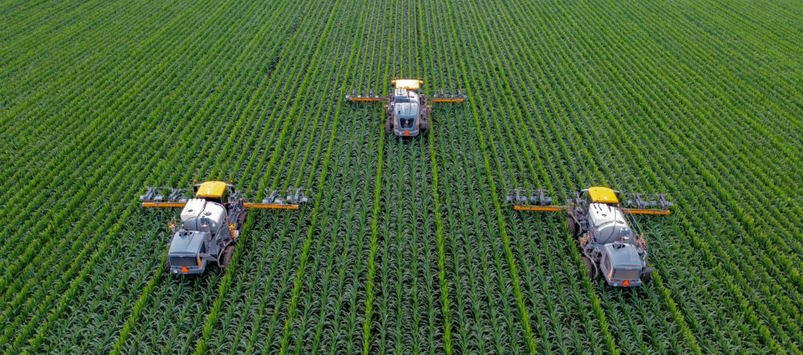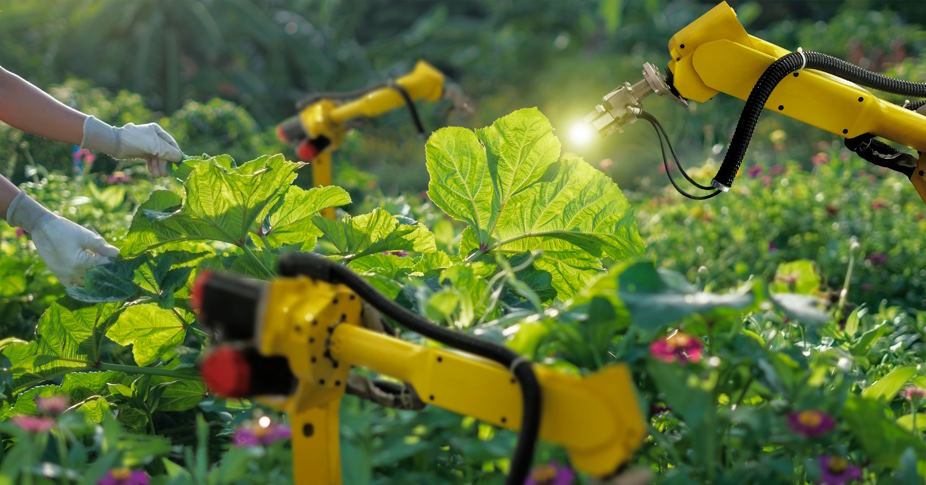The global food system faces numerous challenges, including population growth, climate change, resource scarcity, and food insecurity. To address these complex issues, technology has emerged as a powerful catalyst for transformation. From precision farming and sustainable production methods to supply chain optimization and food waste reduction, technology is revolutionizing the way we produce, distribute, and consume food.
Improved Agricultural Practices
Precision farming techniques have revolutionized the way farmers approach cultivation, bringing significant benefits to the global food system. By utilizing technology, precision farming allows for precise and targeted interventions, optimizing resource utilization and minimizing environmental impact. One key aspect of precision farming is the use of sensors and Internet of Things (IoT) devices to monitor crops and livestock.
Sensors embedded in the fields gather real-time data on soil moisture levels, temperature, nutrient content, and pest infestations. This information is then transmitted wirelessly to farmers, enabling them to make informed decisions about irrigation, fertilization, and pest control. By applying inputs only where and when needed, farmers can reduce the use of water, fertilizers, and pesticides, resulting in cost savings and minimizing environmental pollution.
Moreover, precision farming leverages the power of drones and satellite imagery to monitor agricultural landscapes on a large scale. Drones equipped with high-resolution cameras can capture detailed images of crops, providing insights into plant health, growth patterns, and identifying areas of concern. Satellite imagery, on the other hand, enables farmers to monitor large tracts of land, detect changes over time, and assess crop health on a regional or global scale.
These technological advancements offer several benefits to farmers. By pinpointing areas of stress or disease, farmers can take immediate action, preventing the spread of pests or diseases and maximizing crop yields. Drones and satellite imagery also assist in identifying variations in soil conditions, allowing farmers to implement site-specific management practices and tailor inputs accordingly. Additionally, these tools enable efficient and timely data collection, reducing manual labor and providing farmers with valuable insights for decision-making.

Sustainable Food Production
In the quest for a more sustainable food system, innovative farming methods are gaining traction, offering promising solutions for efficient and resource-conscious food production. Among these methods, vertical farming stands out as a revolutionary approach. By utilizing vertical space and stacking layers of crops, vertical farming maximizes land use efficiency. This method enables year-round cultivation in controlled environments, independent of climate and seasonality. With precise control over factors like light, temperature, and nutrients, vertical farms can achieve higher crop yields while minimizing water usage and pesticide reliance.
Another innovative farming method is hydroponics, which involves growing plants in nutrient-rich water, eliminating the need for soil. Hydroponic systems allow for precise control over nutrient delivery, resulting in faster growth rates and higher yields. By recycling water and reducing the risk of soil-borne diseases, hydroponics offers a sustainable alternative to traditional farming practices.
Aquaponics takes sustainability a step further by combining hydroponics with aquaculture. In an aquaponic system, fish waste provides nutrients for plants, while the plants filter and purify the water for the fish. This symbiotic relationship creates a closed-loop system that conserves water, eliminates the need for chemical fertilizers, and produces both vegetables and fish in a sustainable manner.
Another exciting development in sustainable food production is the use of 3D printing technology. While 3D printing is commonly associated with manufacturing, its potential in creating alternative food sources is gaining attention. By using edible ingredients as printing materials, 3D printers can produce customized food items with precise shapes, textures, and nutritional compositions. This technology holds promise for reducing food waste, as it allows for efficient use of ingredients and the creation of personalized meals based on individual dietary needs.

Enhancing Supply Chain Efficiency
Efficient supply chain management is crucial for ensuring that food reaches consumers in a timely and safe manner. In recent years, technological advancements have played a pivotal role in optimizing supply chain operations. One such technology is blockchain, a decentralized and transparent digital ledger that has transformed various industries, including the food sector.
Blockchain technology provides an immutable record of transactions, making it ideal for enhancing food traceability. By utilizing blockchain, each step of the supply chain can be recorded, from the farm to the consumer’s plate. This enables stakeholders to track and verify the origin, quality, and safety of food products. In case of a food safety issue, blockchain can facilitate rapid identification and targeted recalls, minimizing the impact on public health.
Internet of Things (IoT) devices have also revolutionized supply chain management. IoT devices, such as sensors and RFID tags, can be attached to products, packages, and vehicles, providing real-time data on location, temperature, humidity, and other relevant parameters. This data enables precise inventory management, ensuring that perishable goods are properly stored and transported under optimal conditions. Additionally, IoT devices streamline logistics operations by automating processes, reducing manual errors, and improving overall efficiency.
Data analytics plays a crucial role in optimizing supply chain operations. By analyzing vast amounts of data collected throughout the supply chain, valuable insights can be gained. Predictive analytics can help anticipate demand patterns, allowing for accurate forecasting and efficient inventory management. Furthermore, data analytics can identify bottlenecks, streamline transportation routes, and optimize storage capacities, reducing waste and costs.
